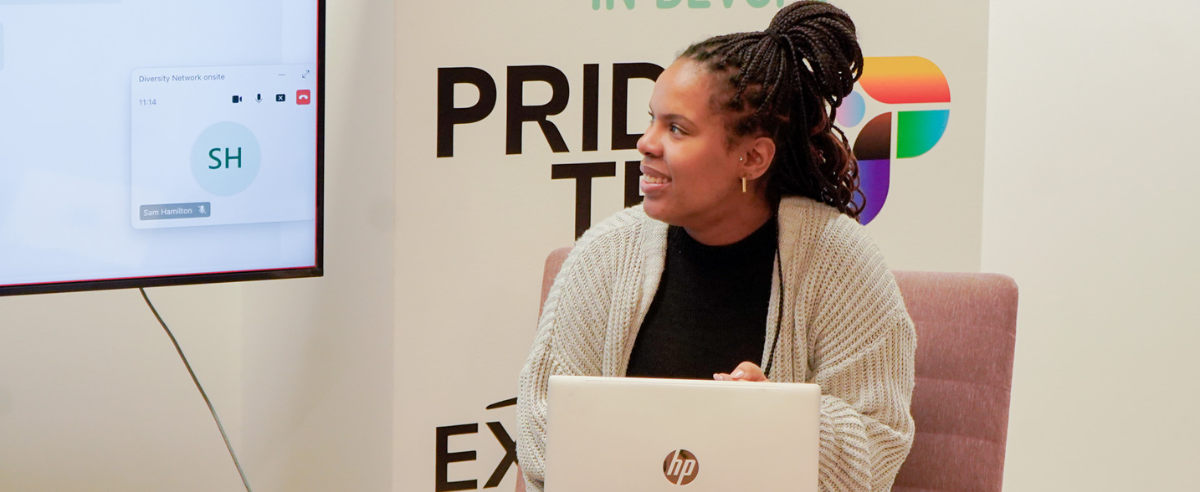
The Evolution of Tokenism
Between oncoming regulatory pressures and evolving consumer expectation, diversity and inclusion are firmly under the spotlight. On the surface, it’s a wholly positive (and desperately needed) development, but look a little deeper and you’ll find a web of brands caught in the trap of tokenism.
A genuine dedication to D&I is typically a litmus test for a good company. We know the countless benefits that D&I bring to the table – from increased investor attractiveness to happier employees – so why do so many business leaders land on insincerity in this space?
Tokenism
Tokenism, coined in the 1960s by Rosabeth Moss Kanter, refers to a symbolic or disingenuous effort. What might this look like in the workplace? It can take many forms.
Whether it’s a D&I initiative with no metrics, an employee resource group with no members, or even the appointment of a non-executive director just to meet board diversity quotas – tokenism often involves including individuals from minority groups in leadership or visible positions, but without giving them any real influence or power.
It can be difficult to spot (at first, but it gets easier) because it’s tough to know if a business is being genuine or not. You can break it down by asking yourself:
Are the D&I efforts purely superficial or performative?
Is there a focus on appearance over substance?
Is there inclusion without power?
If you’re in an interview, it’s worth asking ‘What does diversity and inclusion mean to you’ to help you get a more accurate understanding. Asking ‘Do you care about D&I?’ will probably merit a simple ‘yes,’ regardless of the reality.
The Repercussions
It’s well-researched that Tokenism can yield negative career outcomes for those affected (or tokenised), including feelings of isolation and exclusion, pressure to perform, or a lack of access to meaningful career opportunities.
On the other side of the coin, tokenism destroys brand trust, creates challenging work environments and naturally prevents inclusion and belonging from taking root.
Tokenism isn’t always an active choice. It’s often perpetuated by the presence of unconscious bias, microaggressions, or exclusionary cultural behaviours (social exclusion, inappropriate language, or allowing personalities to dominate situations).
Good intentions often fall short of the mark because they don’t result in meaningful action or change, or, in the worst case, they exacerbate the problem. For example, mutual mentorship programs that inadvertently place a double burden on employees from minority backgrounds, that is, the burden of their day-to-day role and their unpaid position as a diversity and inclusion consultant.
Breaking the mould demands consistent action and authentic support, embodied by leadership.
Moving Beyond Lip-Service D&I
What can firms do to create more equitable environments? The solution is different for everyone, but there are some fundamentals to consider. It’s difficult to know where to improve without first understanding where you need to make changes. Diversity and inclusion metrics (developed against achievable, contextualised outcomes) can help guide a business in the right direction.
Here are some of the foundational elements that it takes to move beyond tokenism and towards a truly inclusive workplace:
Persistence – Behavioural change (and cultural overhauls do require behavioural change) is not easy. There will be resistance. There will be detractors. It will take time. Persistence is paramount.
Transparency – What merits a promotion? Are your career pathways unclear? Inaccessible? A lack of transparency around mobility, promotions and pay raises might be causing a leaky funnel, a lack of representation at the leadership level, or hidden barriers that prevent employees from progressing. The better the communication, the easier it is to identify inequities.
Psychological Safety – codified by Amy Edmonson in 1999, Psychological Safety refers to the ability to speak up without fear of judgment. It’s the keystone of belonging and an indicator of true inclusion. Psychologically safe teams are free to disagree with each other, to be their authentic selves, and to take risks.
It should be known that D&I initiatives, including targeted policies, employee resource groups, unconscious bias training, leadership training, diversity calendar events, alternative hiring methodologies, special leave policies, flexible working arrangements, and internal community networks often fail to make a real impact. When they work, they work extremely well, but they need to be driven by data and observed by accountable leaders.
In an era of rising ESG concerns, archaic corporations are facing a reckoning. The new generation wants to align with socially responsible, purpose-driven organisations, not exclusionary businesses that tokenise.
Want to join the conversation? Ethnicity Speaks welcomes your stories. Find out more here: https://www.trinnovogroup.com/ethnicity-speaks
